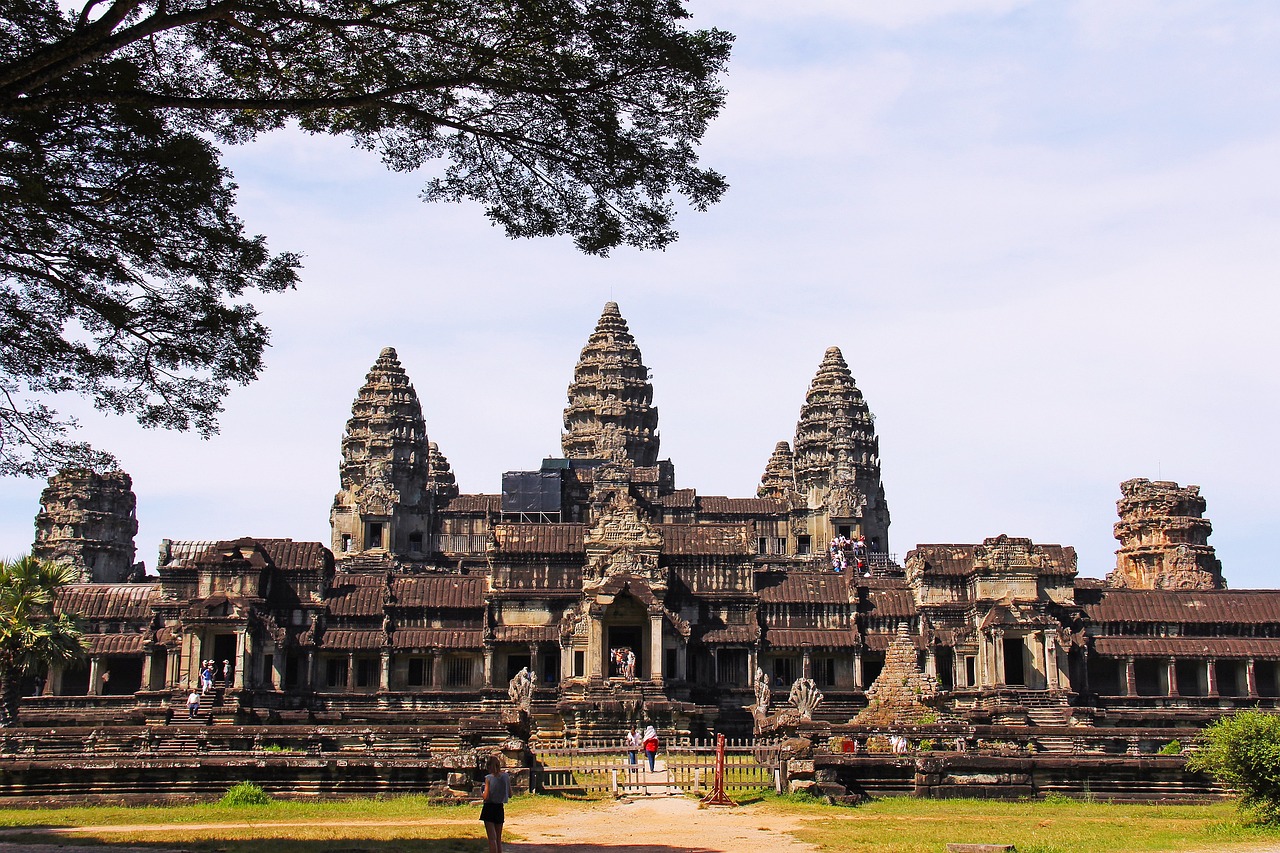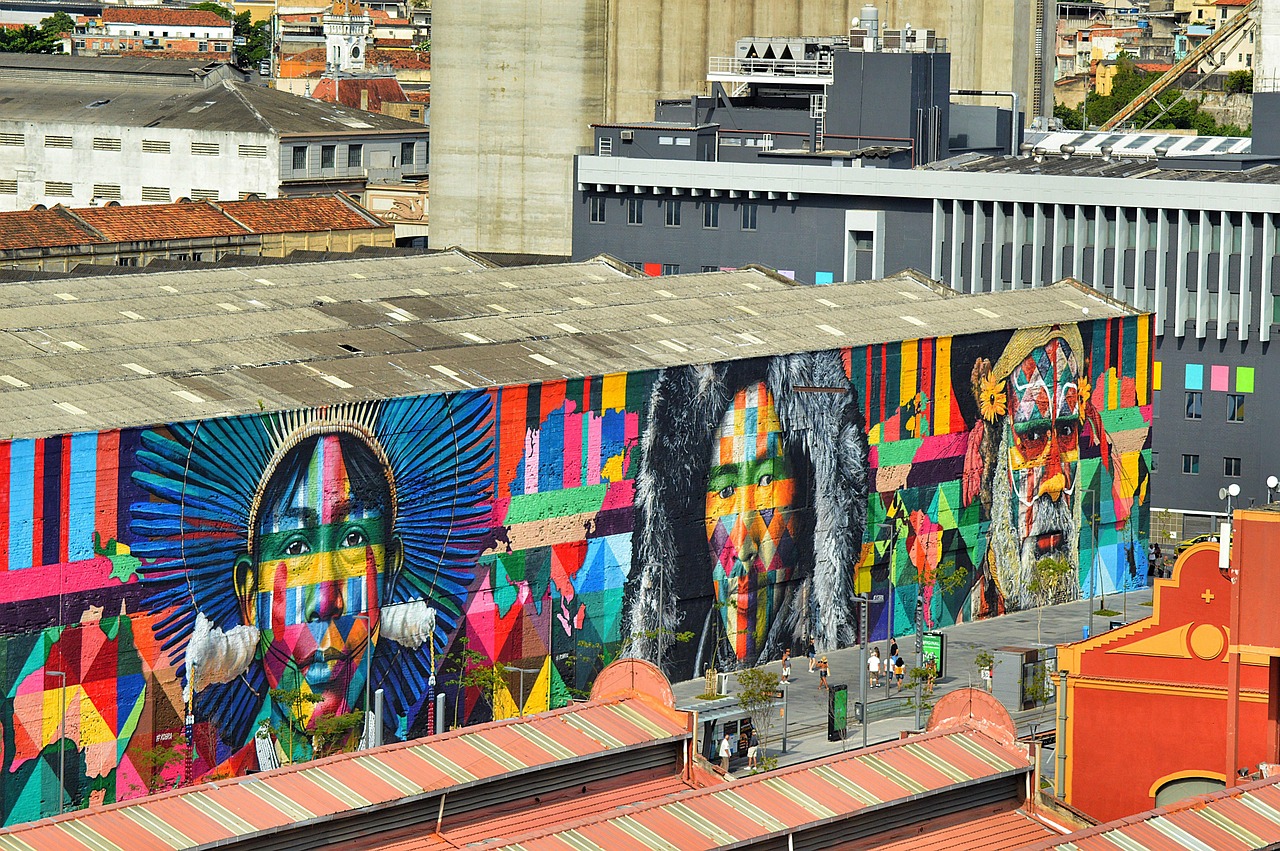Exploring the Temples of Angkor: A Complete Guide to Cambodia’s Ancient Wonders
The Temples of Angkor, a UNESCO World Heritage site, are one of the most significant archaeological sites in Southeast Asia. Located in the northwestern region of Cambodia, these temples are a testament to the grandeur of the Khmer Empire, which flourished from the 9th to the 15th centuries. This article serves as a comprehensive guide to exploring these ancient wonders, providing insights into their history, architecture, and the best ways to experience them.
1. A Brief History of Angkor
The Angkor complex was the heart of the Khmer Empire, which was one of the most powerful empires in Southeast Asia. The empire reached its zenith during the reign of King Suryavarman II in the early 12th century, who commissioned the construction of Angkor Wat, the largest religious monument in the world. The temples were built as Hindu and later Buddhist places of worship, reflecting the spiritual beliefs of the time.
Over the centuries, Angkor faced numerous challenges, including invasions, environmental changes, and the eventual decline of the Khmer Empire. By the 15th century, the capital was abandoned, and the temples were reclaimed by the jungle, leading to their preservation in a unique state.
2. The Architectural Marvels of Angkor
The temples of Angkor are renowned for their intricate architecture and stunning bas-reliefs. Here are some of the most notable temples:
- Angkor Wat: The most famous temple, known for its grandeur and intricate carvings depicting Hindu mythology.
- Bayon Temple: Famous for its massive stone faces and detailed bas-reliefs that narrate historical events.
- Ta Prohm: Known for its tree-covered ruins, this temple has a mystical quality that attracts many visitors.
- Angkor Thom: The last capital of the Khmer Empire, featuring impressive gates and the iconic Bayon Temple.
3. Planning Your Visit to Angkor
Visiting the Angkor temples requires some planning to make the most of your experience. Here are key considerations:
3.1 Best Time to Visit
The best time to visit Angkor is during the dry season, from November to February, when temperatures are cooler and rainfall is minimal. However, this is also the peak tourist season, so expect larger crowds.
3.2 Entry Fees
As of 2023, the entry fees for Angkor Archaeological Park are as follows:
- 1-day pass: $37
- 3-day pass: $62
- 7-day pass: $72
These passes allow you to explore the temples at your own pace, with the option to return on consecutive days.
3.3 Getting There
The nearest city to Angkor is Siem Reap, which serves as the primary gateway to the temples. Siem Reap International Airport has regular flights from major cities in Asia. From Siem Reap, you can hire a tuk-tuk, bicycle, or join a guided tour to explore the temples.
4. Must-See Temples in Angkor
While there are over a thousand temples in the Angkor complex, some stand out for their historical significance and architectural beauty. Here are the must-see temples:
4.1 Angkor Wat
As the largest religious monument in the world, Angkor Wat is a masterpiece of Khmer architecture. Its five towers symbolize the five peaks of Mount Meru, the center of the universe in Hindu cosmology. The temple is adorned with extensive bas-reliefs, including the famous Churning of the Ocean of Milk.
4.2 Bayon Temple
Located in the heart of Angkor Thom, Bayon is known for its 216 stone faces of Avalokiteshvara, each with a serene expression. The temple’s intricate bas-reliefs depict scenes from everyday life and historical events, providing a glimpse into the Khmer civilization.
4.3 Ta Prohm
Ta Prohm is famous for its dramatic ruins, where trees have intertwined with the temple structures. This temple was left largely in its natural state to preserve its unique atmosphere, making it a favorite among photographers and nature lovers.
4.4 Banteay Srei
Located about 25 kilometers from the main Angkor complex, Banteay Srei is known for its exquisite pink sandstone carvings. Often referred to as the “Citadel of Women,” this temple is dedicated to the Hindu god Shiva and showcases some of the finest examples of Khmer art.
5. Cultural Significance of Angkor
The temples of Angkor are not just architectural wonders; they are also deeply rooted in Cambodian culture and identity. Here are some aspects of their cultural significance:
- Religious Heritage: Originally built as Hindu temples, many were later converted to Buddhist sites, reflecting the religious evolution in Cambodia.
- National Identity: Angkor Wat is a symbol of national pride for Cambodians and is featured on the national flag.
- Tourism and Economy: The Angkor complex is a major driver of tourism in Cambodia, contributing significantly to the local economy.
6. Tips for Exploring the Temples
To enhance your experience while exploring the temples of Angkor, consider the following tips:
- Start Early: Arrive at the temples early in the morning to avoid crowds and enjoy cooler temperatures.
- Dress Appropriately: As these are sacred sites, dress modestly by covering your shoulders and knees.
- Stay Hydrated: Bring plenty of water, as exploring the temples can be physically demanding, especially in the heat.
- Hire a Guide: Consider hiring a knowledgeable guide to gain deeper insights into the history and significance of the temples.
7. Preservation Efforts and Challenges
The preservation of the Angkor temples is a significant concern due to environmental factors, tourism, and natural wear. Various organizations, including UNESCO and the Cambodian government, are involved in conservation efforts. Some challenges include:
- Environmental Degradation: The roots of trees can damage temple structures, while heavy rainfall can lead to erosion.
- Tourism Pressure: The increasing number of visitors can strain resources and lead to wear and tear on the temples.
- Funding and Resources: Adequate funding is necessary for ongoing restoration and preservation projects.
8. Nearby Attractions
While the temples of Angkor are the main attraction, there are several nearby sites worth exploring:
- Tonle Sap Lake: The largest freshwater lake in Southeast Asia, known for its floating villages and diverse wildlife.
- Siem Reap Night Market: A vibrant market offering local handicrafts, street food, and souvenirs.
- Phare, The Cambodian Circus: A unique cultural performance that combines circus arts with traditional Cambodian storytelling.
9. Conclusion: The Timeless Allure of Angkor
The Temples of Angkor are not just remnants of a bygone era; they are living symbols of Cambodia’s rich history and cultural heritage. From the awe-inspiring architecture of Angkor Wat to the mystical atmosphere of Ta Prohm, each temple tells a story that transcends time. As you explore these ancient wonders, you will not only witness the ingenuity of the Khmer civilization but also gain a deeper appreciation for the resilience and spirit of the Cambodian people.
Whether you are a history enthusiast, an architecture lover, or simply seeking adventure, the temples of Angkor offer an unforgettable experience that will leave a lasting impression. As you plan your visit, remember to respect the cultural significance of these sites and contribute to their preservation for future generations to enjoy.
In summary, exploring the Temples of Angkor is a journey through time, filled with breathtaking sights and profound cultural insights. With careful planning and a sense of wonder, you can fully immerse yourself in the magic of Cambodia’s ancient wonders.
Keywords: Angkor, Cambodia, temples, Angkor Wat, Bayon, Ta Prohm, Banteay Srei, Khmer Empire, UNESCO World Heritage, Siem Reap



